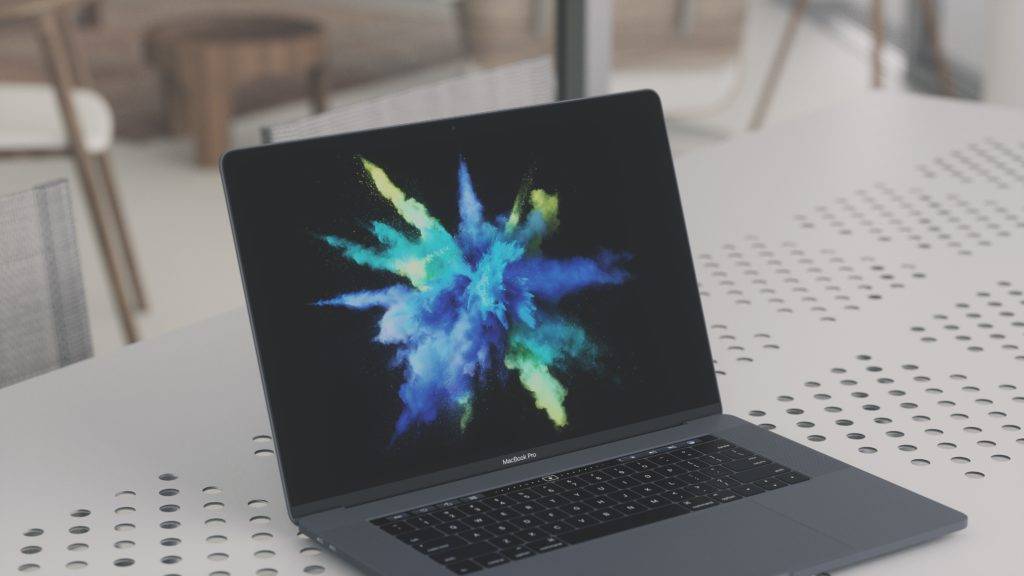6+ Refine Your Motion Graphic Skills Examples to Download
You might know a few facts about motion graphics and the whole concept behind it. But how does one excel in this craft? Is there a magical spell for it? Well, not even a fairy godmother could grant you the skills of an expert motion graphic designer in an instant. But don’t lose hope just yet, as all those cool effects you’ve come to love growing up can be achieved with the right amount of knowledge, skills, and practice. Although it might take some time to master, here are some useful tips to make the crucial journey bearable:
1. Don’t Panic, Mistakes Happen.
For starters, you can’t expect yourself to master the art of motion graphics overnight. The creative process is a grueling ordeal that involves a number of trial and errors to perfect. Don’t be afraid to make mistakes, as this will only help you learn what to do and what to avoid. It’s important to take it one at a time by brainstorming and sketching out your ideas to properly work through each step. Not only will this give you the opportunity to enhance your skills, but this will also save you the time and energy before you go on to working on the technical aspect of the project.
2. Master the Art as a Whole.
It doesn’t matter how many books about motion graphics you’ve read, just as long as you know how to execute them accordingly. But the art of motion graphics involves knowledge in both traditional art and animation as well. You need to learn about the different design principles, specifically repetition, alignment, contrast, harmony, emphasis, and variety, in order to create structure for your composition. This will also help you overcome the challenges you may face, no matter how complicated it may be.
As for applying animation, thorough knowledge in the principles of animation is essential. While you might have an awesome concept and a beautiful design at hand, it could all fall apart if your animation isn’t as striking.
3. Understand how Typography Works.

From movie intros to TV commercials, there’s no doubt typography is one of the most heavily used elements in motion design. In some cases, typography even helps convey the message clearer for the audience to grasp. Because of how significant type can be, a deeper understanding of how it works is necessary. Study about the specific elements of a typeface, how to compliment a design with it, along with the best type to utilize for better communication with your audience.
4. Take it Easy.
The industry can be relatively demanding, with big companies only hiring the most prominent designers. But even if you think you aren’t where you want to be as a motion graphic designer just yet, don’t stress yourself out. Remember, everyone has to start somewhere. Becoming a great designer involves a long, emotional journey of growth and development. If you think about it, all the things you could do now seemed almost impossible to achieve at first.
Don’t put too much pressure on yourself, as this will only hinder you from doing great things. You’ll end up feeling unmotivated and unwilling to do go on, which can negatively impact your work. Take the time to breathe and accept constructive criticisms. See each failed attempt as a room for improvement. One day, you’ll be glad you didn’t give up too easily.
5. Experiment with 3D.

Once you have mastered your skills in creating 2D motion graphics, it’s now time to take it the next level with 3D graphics. As technology slowly advances, so does the expectation to produce innovative and futuristic creations. Although it’s a difficult challenge that every designer that strives for greatness must overcome, the results can be worthwhile. It’s important for every design artist to build their knowledge on 3D graphics to keep up with the fast changing times. This will allow you to deliver great quality works for your audience to admire.
6. Experiment with the Software You’re Using.
In traditional art, we use pens and paper to bring our vision to life. But when it comes to digital art, we focus on using technology, specifically software. Luckily, we live in an age where some of the most advanced digital tools are easily accessible. This allows us to practice our skills anywhere, even in the comfort of our own homes. But using these programs can be a challenge for some designers, as each software is designed differently to cater specific needs.

You see, when we use pen and paper, we have more control on strokes, gradients, and other effects. But when it comes to these editing applications, you need to get acquainted with its features before you could actually create anything good. Oftentimes, designers even choose to use more than one software to achieve what they have in mind. You can start by experimenting with small projects, developing a proper workflow, and trying every tool and effect the software has to offer.
7. Explore!
Even the most creative minds are bound to run dry at some point, but don’t worry, this isn’t a sign that your design career has come to an end. Instead, see it as a time for you to seek inspiration beyond the four walls of your room. Some of the most prominent visual artists and filmmakers come up with jaw-dropping ideas based on real life events and experiences. Sometimes, what you perceive as an imaginative creation by a brilliant mind is actually something that exists in the real world.

From various sceneries to actual body movements, you’d be surprise how these everyday things could create a great difference to your compositions. You don’t have to break the bank to do so either, a stroll in the park, a movie date, or a day out with friends or family will allow you to open your mind to better ideas you never thought of before.
There’s more to becoming a designer than the creative and technical skills you must hold, as the personal aspect of your life also plays an important part in creating extraordinary compositions. There are no shortcuts in life, so you can’t expect to become the very best after a day or two. Multiple challenges will hinder you from your dream, but it’s a continuous learning process that involves patience, determination, and hard work to get to where you want to be as a designer.

